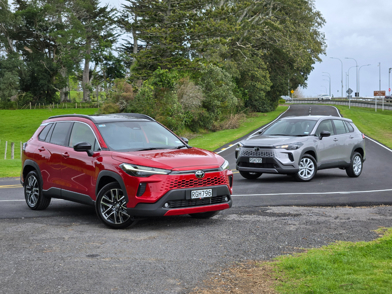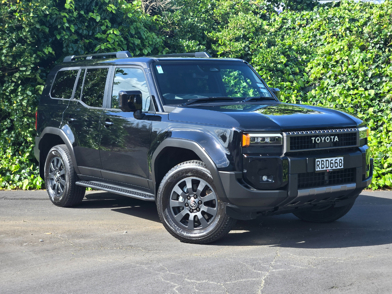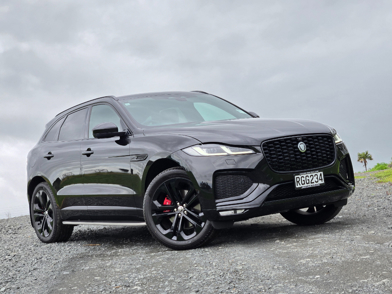What’s this new car all about then?
There are a couple of important things about the Tiggo 4. First, it’s a return to the New Zealand market for the Chery brand, which was last here from 2011-14 with some very average cars of very average quality.
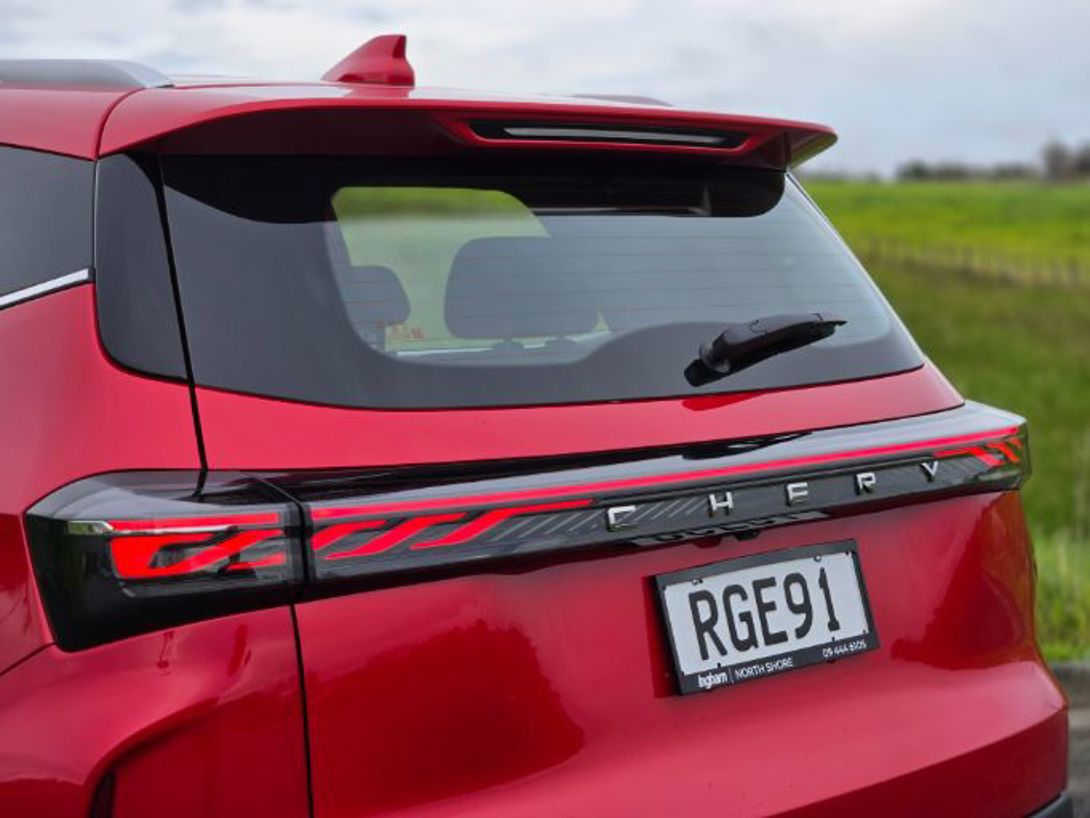
So expect some cynics to remind you of the bad old days when you bring up the maker’s new-gen models; we’ve had a couple such instances from people in the local motor industry already, perhaps because they feel a bit threatened by what’s coming out of China now.
Chery is China’s largest exporter of cars (2.5 times that of BYD last year, for example), and parent company to Omoda and Jaecoo, both launched here last year. But they’ll remain separate to Chery for local marketing purposes.
Chery’s main export market is Russia, by the way, which is something it doesn’t talk about quite so much these days. The Middle East and South America are also big ones. But we digress.
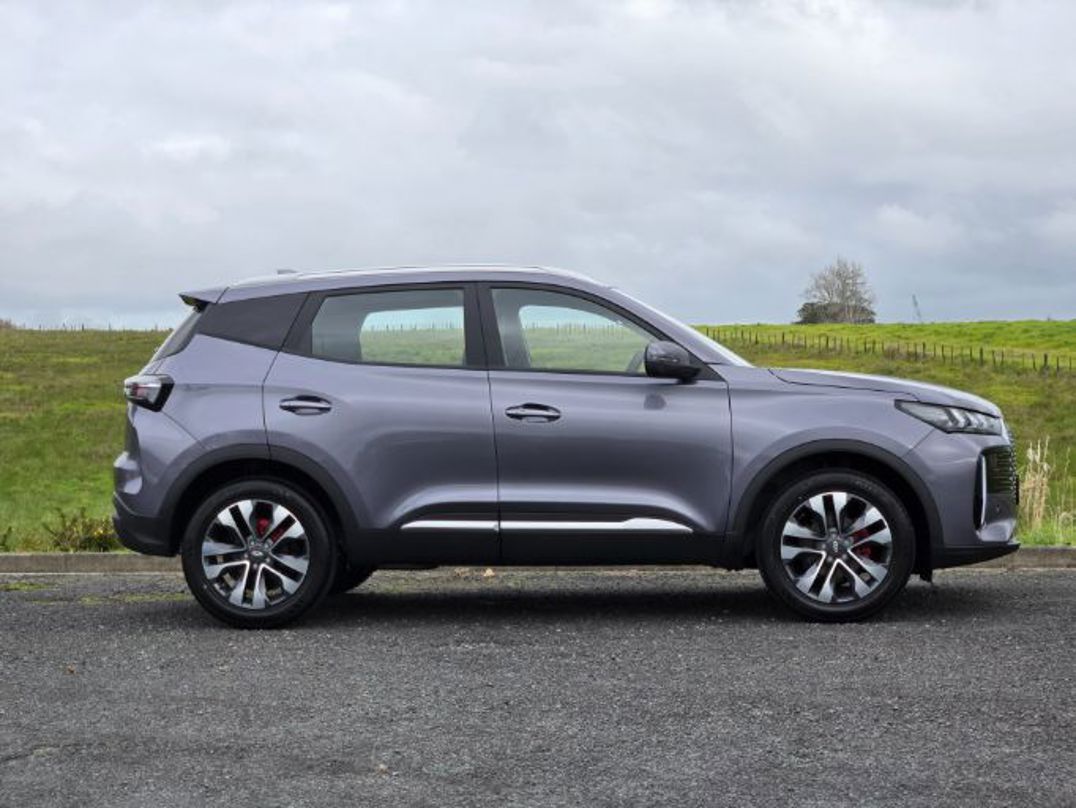
Tiggo 4 is the first new-gen Chery-branded model to arrive in NZ, although it won’t be solo for long; the larger Tiggo 7 and Tiggo 8 are already on the way. We’re getting them on the back of the brand’s Australian operation; Tiggo 4 has been the main player in a 200%-plus rise in sales for Chery in Oz for the year-to-date.
Expect some cynics to remind you of the bad old days when you bring up Chery’s new-gen models; we’ve had a couple such instances from people in the local motor industry already.
The 4 is a compact SUV that’s probably bigger than you think; the tall roof and sawn-off rear make it look tiny away from other vehicles, but it’s actually 4.3m long and on a generous 2610mm wheelbase. Still small, just not really small.
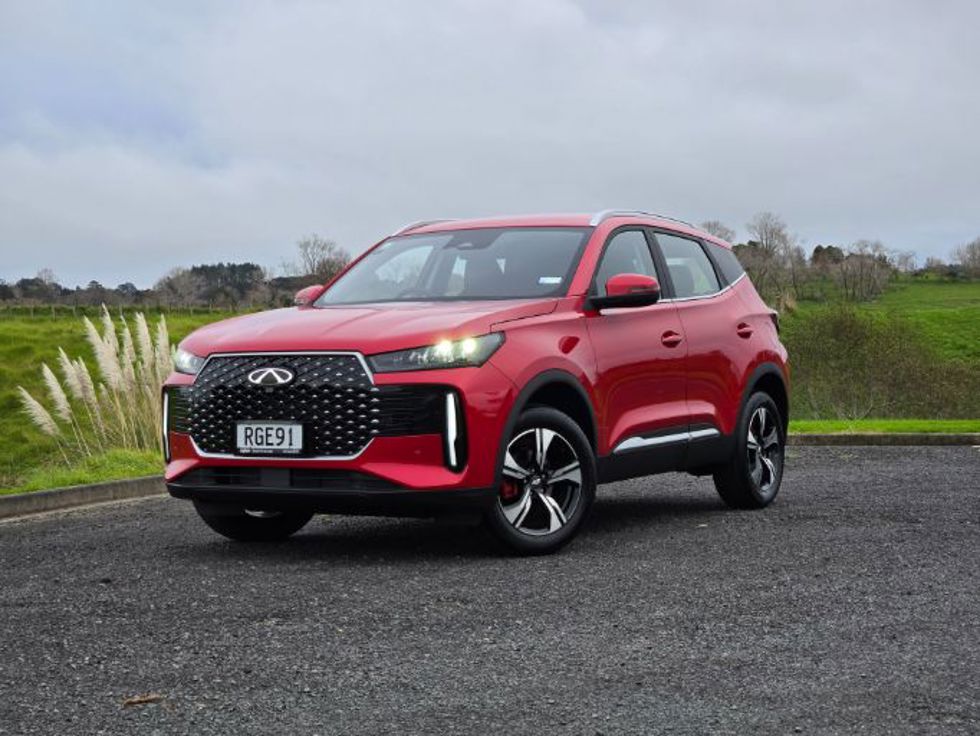
Two petrol versions of the Tiggo 4 are on sale now, the Urban and Ultimate, powered by a 108kW/210Nm 1.5-litre turbo-petrol 4-cylinder with continuously variable transmission and FWD. Claimed fuel consumption is 7.4l/100km.
The $25k Urban petrol model is hardly basic. It comes with dual 10.25in screens, wireless phone projection and voice assistant (just say “Hello Chery”).
Two hybrid versions are on the way for launch in August: they both have a 71kW/118Nm 1.5-litre petrol engine, 1.8kWh battery and impressive 150kW/310Nm electric motor. Chery says they’ll do 5.4l/100km.
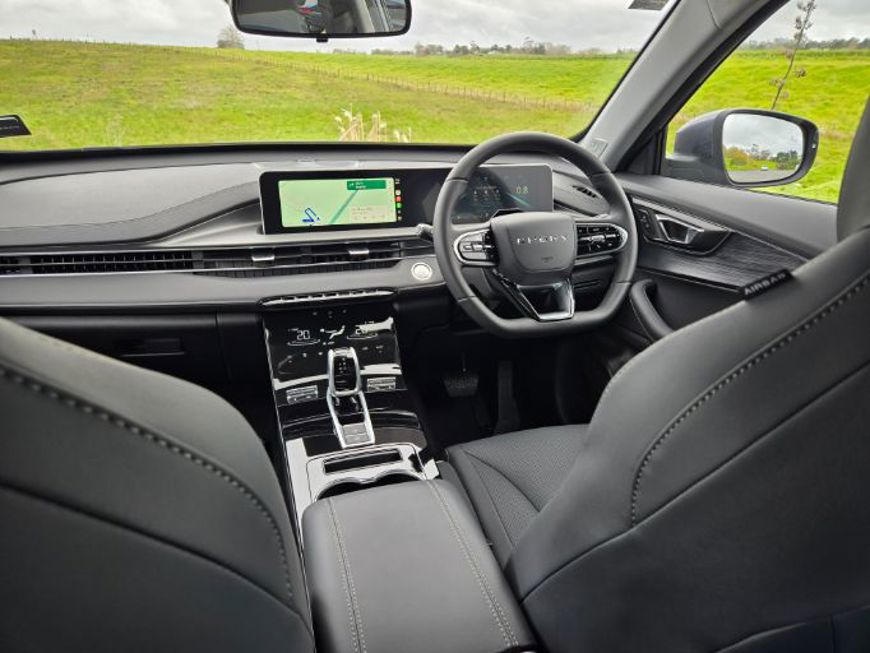
The $25k Urban petrol model is hardly basic. It comes with dual 10.25in screens, wireless phone projection, voice assistant (just say “Hello Chery”), reversing camera, tyre pressure monitoring and the full suite of 17 active safety-assists (standard across the range).
The Tiggo 4 models are among the least expensive in their respective market segments. The entry-level Urban is just $24,990, while the Ultimate is $29,990.
Ultimate adds artificial leather upholstery, power front driver’s seat (with heating for both front chairs), full 360-degree camera system, more ornate interior lighting, wireless phone charger, power/fold mirrors, power sunroof and a wheel upsize from the Urban’s 17-inch to 18in.
How much is it?
That’s the good news: the Tiggo 4 models are among the least expensive in their respective market segments. The entry-level Urban is just $24,990, while the Ultimate is $29,990.
The hybrid models come in the same two specifications and will be $32,990-$37,990.
What’s it like to drive?
The good stuff first: the 108kW petrol powertrain is the highlight. It’s relatively powerful for a budget vehicle (a Suzuki Swift Sport only has 103kW, remember) and more importantly, it’s eager and makes a pretty good noise when it’s working hard.
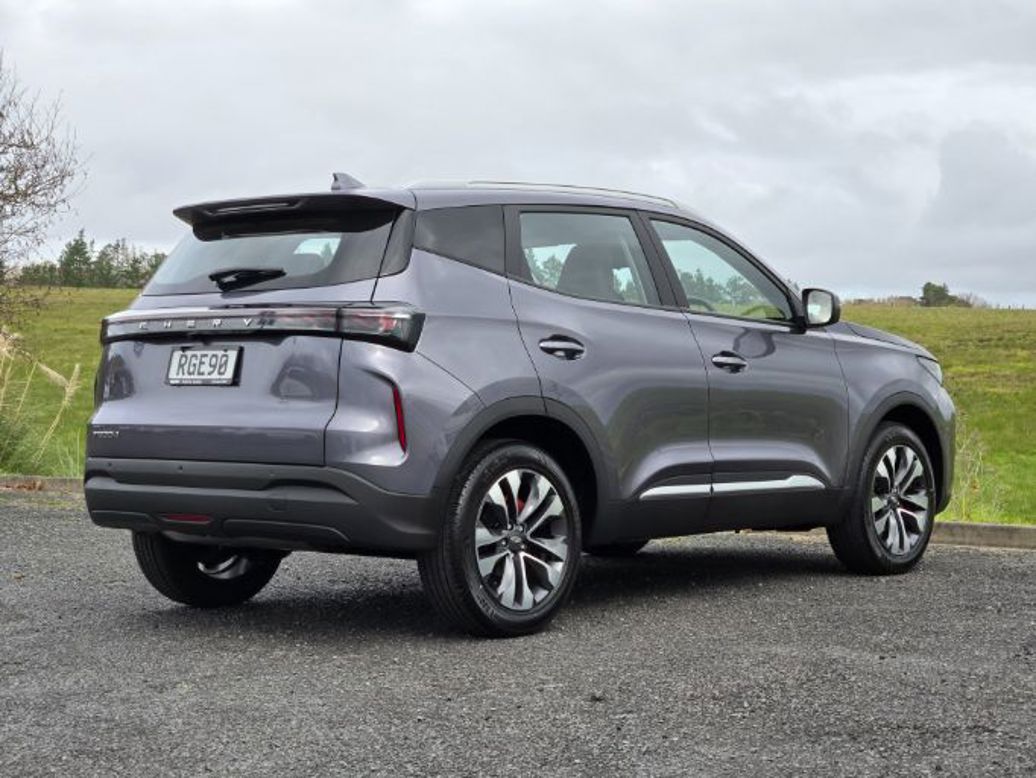
The continuously variable transmission sometimes hesitates on takeoff and then grabs abruptly if you’re too keen with the throttle (there will be a chirp of the front wheels, you’ve been warned), but once you’re up and running it’s smooth and will even do little faux-gearchanges at higher revs.
It’s definitely a city car. The steering is ultra-light and the chassis understeers at speed, so it’s not easy to place the car accurately in corners. But it’s still fairly nimble and with a kerb weight around 1400kg for the petrol versions (depending on model), performance is ever-lively. Disc brakes all-round, too - not a given on budget cars these days.
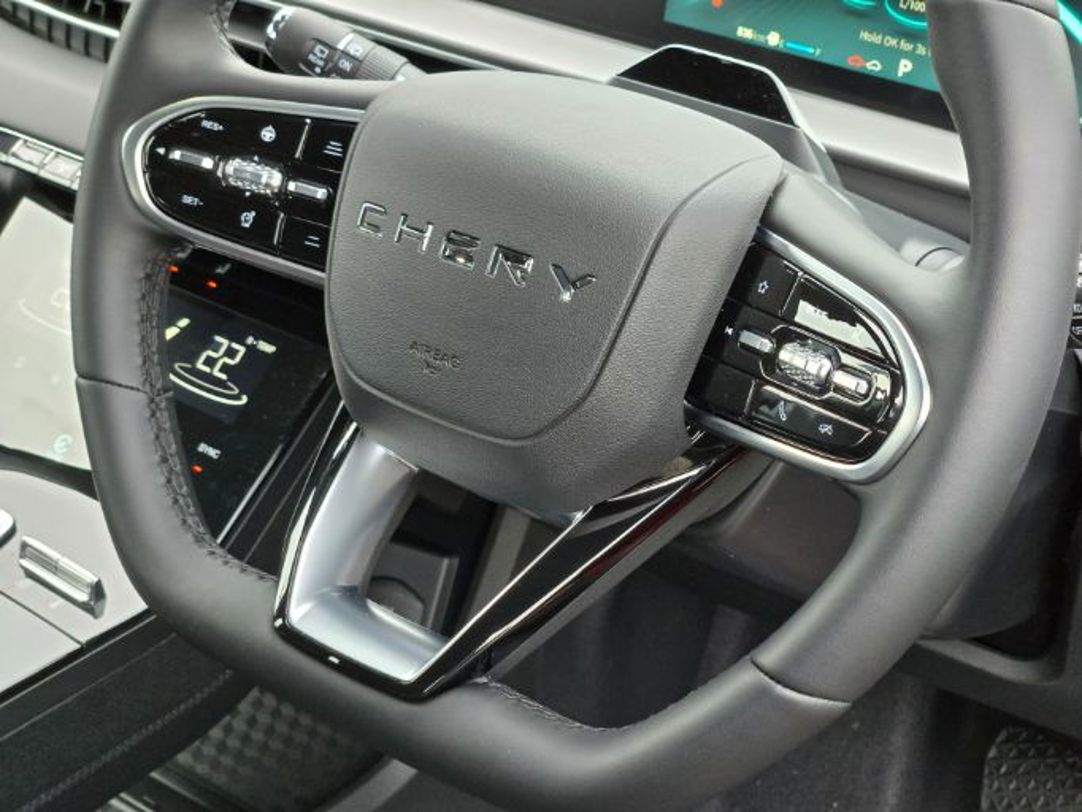
We’d like a smoother ride around town. Nothing wrong with the way it handles the bigger bumps and body control is fine, but there’s a little patter over small ripples that’s a bit distracting. It was common to both cars we drove, although the Urban on its smaller wheels/taller tyres was more compliant.
The cabin is really swish, with crisp digital displays and a high level of fit and finish. There’s a good mix of touch-tech with physical buttons, too: the steering wheel controls for adaptive cruise are proper clicky ones and there are different ways to shortcut to the often-used climate-control screen, including a swipe down on the screen itself or a click on one of the fan/temperature buttons.
What’s the pick of the range?
Confining our comments to the combustion-only models we’ve driven, we’re pretty keen on the entry-level Urban - and not just for the bargain $24,990 price.

It’s got all the safety stuff and the powertrain package is the same as the more expensive Ultimate. It also rides a little better, on its one-size-down 17-inch footwear. We liked the Urban’s fabric upholstery more than the artificial “leather” of the flagship model.
The Ultimate does have a couple of features we really like, though. The 360-degree camera system is superbly sharp and boasts a number of clever functions, including the ability to zoom around the car for an outside view (making a composite image from the various lenses) and even activate when you turn the steering wheel. Okay, that last one’s novel but a bit distracting; you can easily turn the various functions on and off.
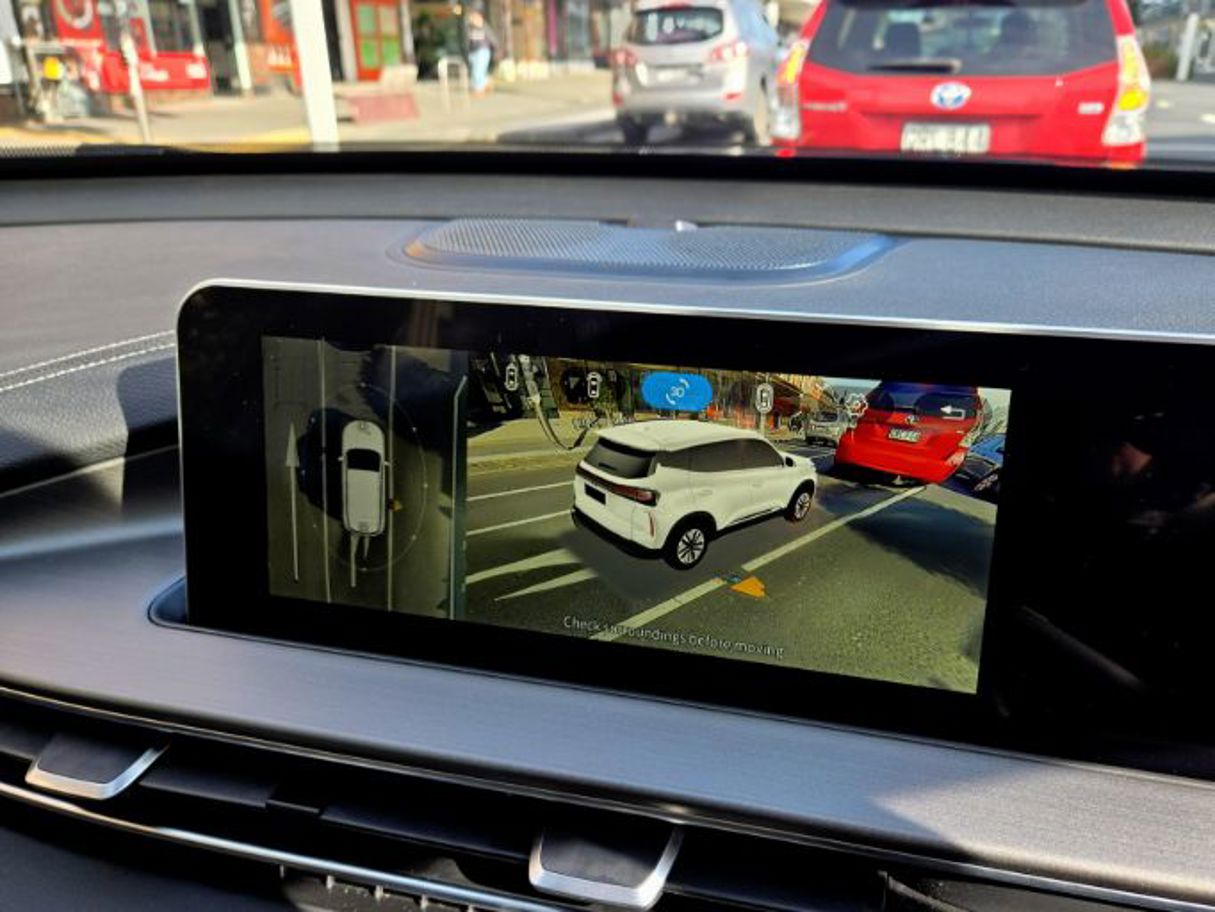
The Ultimate’s wireless phone charger is quite useful given the car has wireless phone projection, and we do like the heated seats.
What other cars should I consider?
The non-hybrid Tiggo 4’s sub-$30k price is a real headline, especially for a compact-SUV that’s spacious for the segment.
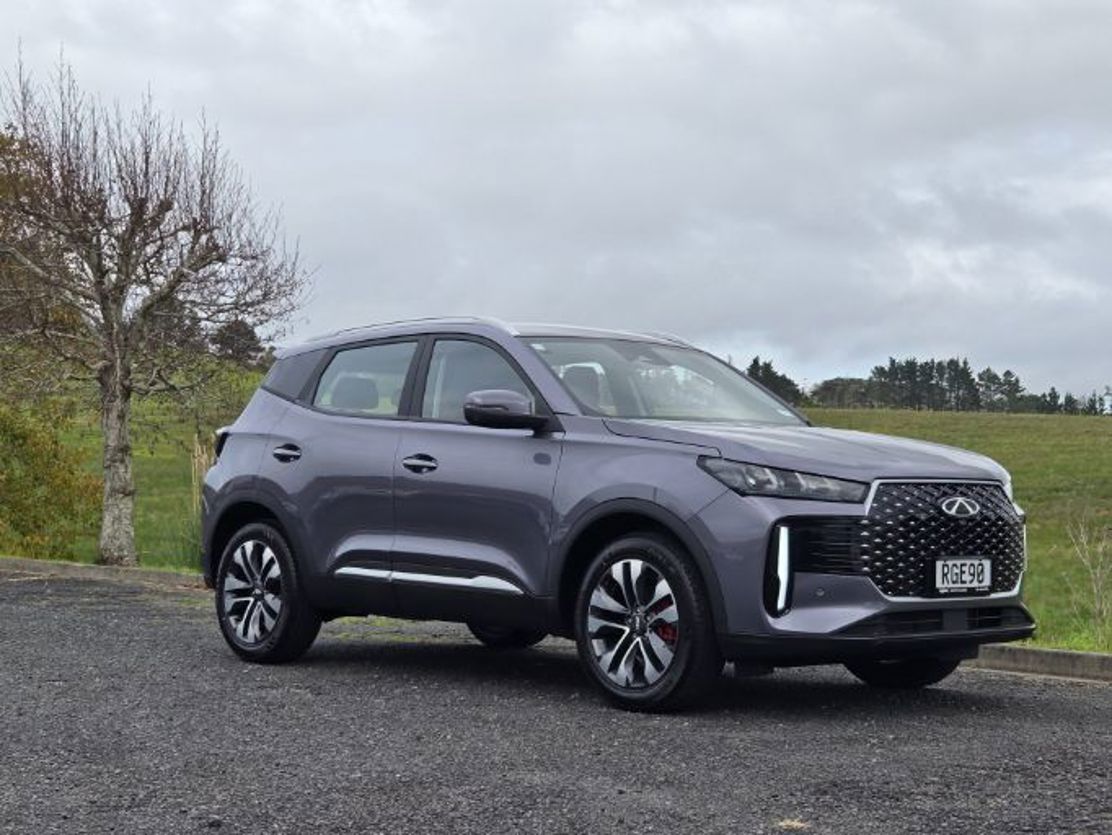
So the real rivals might depend on how fixated you are on a price starting with a “2”. The big-seller is the Mitsubishi ASX, something of an old soldier in the market (the basic design dates back to 2010) but still clearly compelling for buyers at $27,990-$35,990.
Mahindra’s new XUV 3XO starts at under $30k ($29,990-$32,990). As does the also-new Suzuki Fronx mild-hybrid ($29,990-$30,990), at least until the model’s launch-special ends. They’re both quite a bit smaller than the Tiggo 4.
Moving into the $30k bracket, the Kia Seltos is another sales star ($32,990-$37,990); Kia also offers the smaller Stonic ($28,990-$35,200), or how about the MG ZS ($29,990-$31,990) and Honda Jazz Crosstar ($30,770)?
We’re yet to sample the Tiggo 4 hybrid, but we do know it’ll be NZ’s cheapest petrol-electric SUV when it arrives in August, at $32,990-$37,990.
Potential full-hybrid rivals include the MG ZS Hybrid+ ($34,990-$37,990), Honda Jazz e:HEV ($36,700-$42,000) and Toyota Yaris Cross ($39,490-$46,990).



